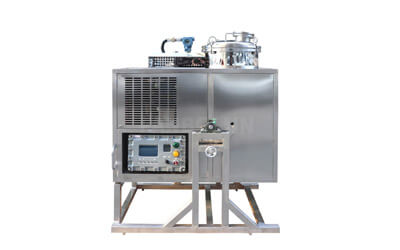Acetonitrile is a commonly used solvent in laboratories and industries, especially in chemical synthesis, pharmaceuticals, and biotechnology. Despite its effectiveness in various processes, one thing that often comes with working with acetonitrile is figuring out the right way to dispose of it. Improper disposal can pose significant environmental and health risks, which is why it's important to handle it responsibly.
In this guide, we'll break down everything you need to know about disposing of acetonitrile—safely, efficiently, and cost-effectively. You might be wondering, "How can something so useful be a problem when
Why Do We Need to Dispose of Acetonitrile Carefully?
Before we get into the "how" of disposal, let's quickly understand what acetonitrile is and why it needs special handling. Acetonitrile is a clear, colorless liquid that has a faint odor. It's widely used as a solvent in processes like protein extraction, chromatography, and as a reagent in the production of various chemicals.
Acetonitrile is considered hazardous to both the environment and human health. It can be toxic if ingested, inhaled, or absorbed through the skin. In fact, its vapors can cause dizziness, headaches, and nausea. Prolonged exposure can lead to more severe health issues like liver and kidney damage. So, proper disposal is not just a regulatory requirement—it’s a matter of safety.

But let’s be real: isn’t proper disposal just one more thing on your long to-do list? Many people ask, “Why can’t I just pour it down the drain or throw it in the trash?” Well, doing that would be both illegal and dangerous. Acetonitrile can contaminate water supplies, harming aquatic life and even affecting drinking water. Plus, it's flammable, so improper disposal could even cause a fire risk. Now, hopefully, you see why this matters.
1. The First Step: Check Local Regulations
You may be thinking, “Where do I even begin?” The first and most crucial step is to check local disposal regulations. These rules can vary significantly depending on where you live, as countries and even regions within countries have specific guidelines for chemical waste.
For instance, in the United States, acetonitrile is regulated by the Environmental Protection Agency (EPA). In Europe, it’s governed by the European Chemicals Agency (ECHA). Before deciding on a disposal method, always verify the current legal standards in your area. Not only does this help you stay compliant, but it also protects the environment.
2. Consider Professional Disposal Services
Now, you might be thinking: “But I don’t have time to deal with all the red tape. Can’t I just take care of this quickly?” Well, here's where things can get a little tricky. Yes, you could try handling it yourself, but that can often end up being more trouble than it's worth.
The best and safest option is to hire a professional hazardous waste disposal service. These companies are trained to handle acetonitrile and other chemicals safely, and they know all the ins and outs of proper disposal methods. They can provide containers for temporary storage, transport the waste to the proper facility, and ensure everything is disposed of following the required safety standards.
Although hiring professionals might come with a price tag, the convenience and peace of mind are definitely worth it. After all, the cost of a disposal service pales in comparison to the potential fines, health risks, or environmental damage caused by improper disposal.
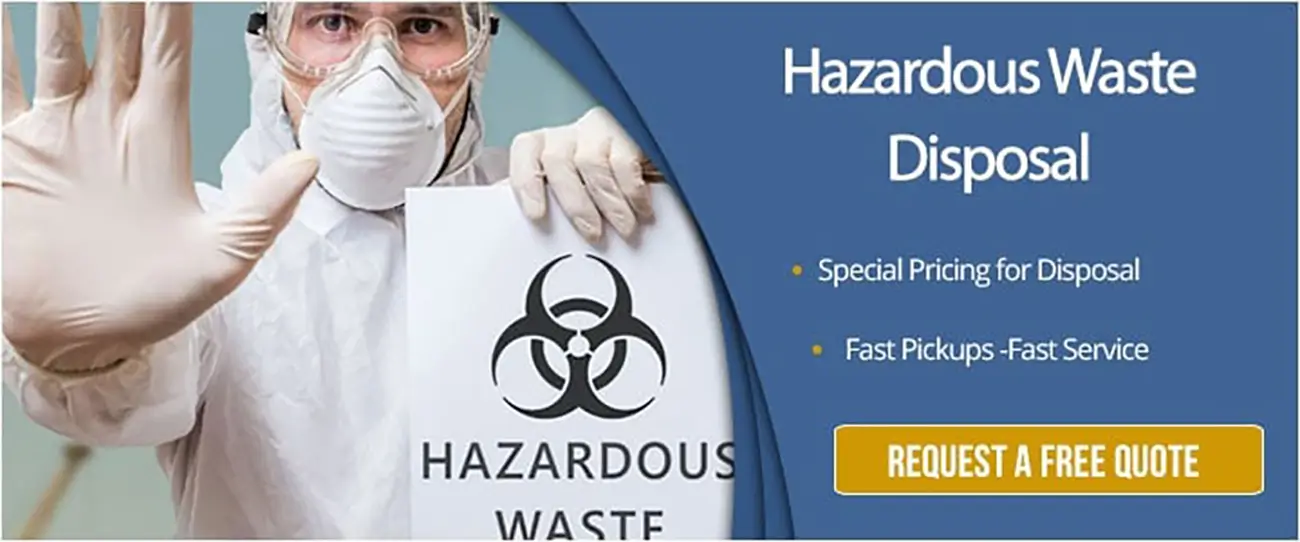
3. Use a Waste Neutralization System
Some businesses or research facilities may have a waste neutralization system in place. This method involves using chemicals or filtration processes to neutralize hazardous solvents like acetonitrile before disposing of them down the drain or in the trash. While this system works in some cases, it’s important to understand its limitations.
For instance, if you're dealing with large quantities of acetonitrile, neutralizing it might not be enough. In that case, you’ll still need to contact a disposal service. But for small amounts, these systems can be an efficient and cost-effective way to reduce the chemical’s toxicity.
Is it worth investing in a neutralization system for your lab or facility? If you regularly work with solvents like acetonitrile, this system could save you money in the long run. Just make sure it meets all regulatory standards and that it’s maintained properly.
4. Distillation and Recovery
If you’re looking for a more eco-friendly and sustainable option, distillation and recovery might be the way to go. This process involves separating acetonitrile from other substances using heat and pressure. Once distilled, the solvent can often be reused for further processes.
This might sound complicated, but it can actually save your business quite a bit of money over time. After all, as industries continue to focus on sustainability and minimizing waste, reusing solvents like acetonitrile can reduce both environmental impact and disposal costs.
This method isn’t always practical for every scenario, especially if the waste is heavily contaminated with other substances. But for labs or companies that generate smaller quantities of acetonitrile, a distillation system can be a smart investment. Saving money is the last word, and it's worth investing in buying a distillation unit if you’re serious about sustainability.
However, one alternative to traditional distillation is using a solvent recovery machine—a highly efficient tool specifically designed for recovering solvents like acetonitrile. These machines work by distilling the solvent from waste materials through a process of evaporation and condensation, allowing you to purify and reuse the solvent multiple times. Isn’t that impressive? Rather than spending money on fresh acetonitrile with each new batch of experiments or production, you can recover the solvent and continue using it, saving both money and resources.
What’s even better is that modern solvent recovery machines are more user-friendly than ever before. With automated controls, built-in safety features, and a relatively straightforward installation process, these machines can integrate seamlessly into your operations. The initial investment may seem high, but the long-term benefits—cost savings and environmental impact reduction—often outweigh the upfront costs. If your lab or facility uses acetonitrile frequently, investing in a solvent recovery machine can be a game-changer for both your budget and your sustainability efforts.
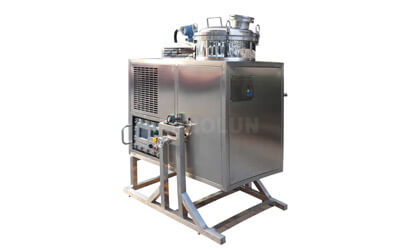
Solvent Recycling Equipment (90L)
Model: T-90EX
Feed capacity(L): 90
Power(kW): 5
Recovery(%): 95
View More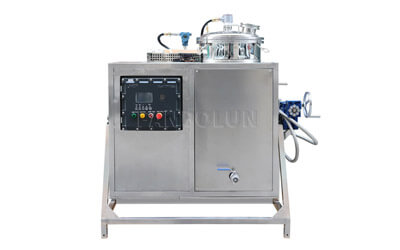
Solvent Recycler Machine (125L)
Model: T-125EX
Feed capacity(L): 125
Power(kW): 6
Recovery(%): 95
View More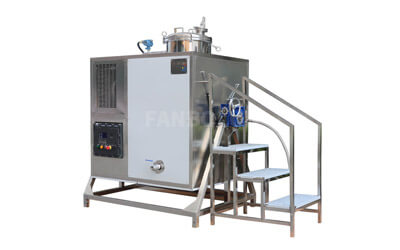
Solvent Recycling Machine (250L)
Model: T-250EX
Feed capacity(L): 250
Power(kW): 16
Recovery(%): 95
View More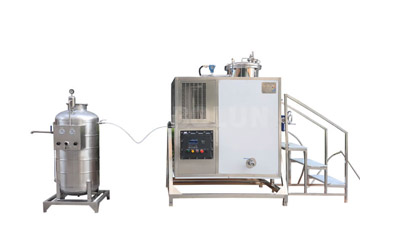
Solvent Recycling System (600L)
Model: T-600EX
Feed capacity(L): 600
Power(kW): 32
Recovery(%): 95
View More
5. Recycling and Reuse
While not all acetonitrile is recyclable, there are cases where the solvent can be reused or recycled. Companies and laboratories that have larger operations might have the technology and resources to filter out contaminants from used acetonitrile and make it usable again.
However, recycling is not always a viable option for every situation. The effectiveness of this method depends on the purity of the acetonitrile and what other chemicals or materials it’s been mixed with. If it's too contaminated, recycling could end up being costly and inefficient. But for high-quality solvents that haven’t been mixed with hazardous materials, recycling can be a great way to keep costs down while being environmentally responsible.
6. Safe Storage Before Disposal
If you don’t have immediate access to a disposal service, it’s important to store acetonitrile waste safely until it can be handled properly. Use tightly sealed, non-reactive containers that are labeled correctly. Keep these containers in a cool, dry, and well-ventilated area, away from any sources of heat or flame.
One question you might ask is, “How long can I store acetonitrile before disposal?” The answer depends on local regulations and the amount of waste you generate, but generally, it’s not recommended to store it for extended periods. Over time, the containers might degrade, or chemical reactions could cause leaks or other problems.
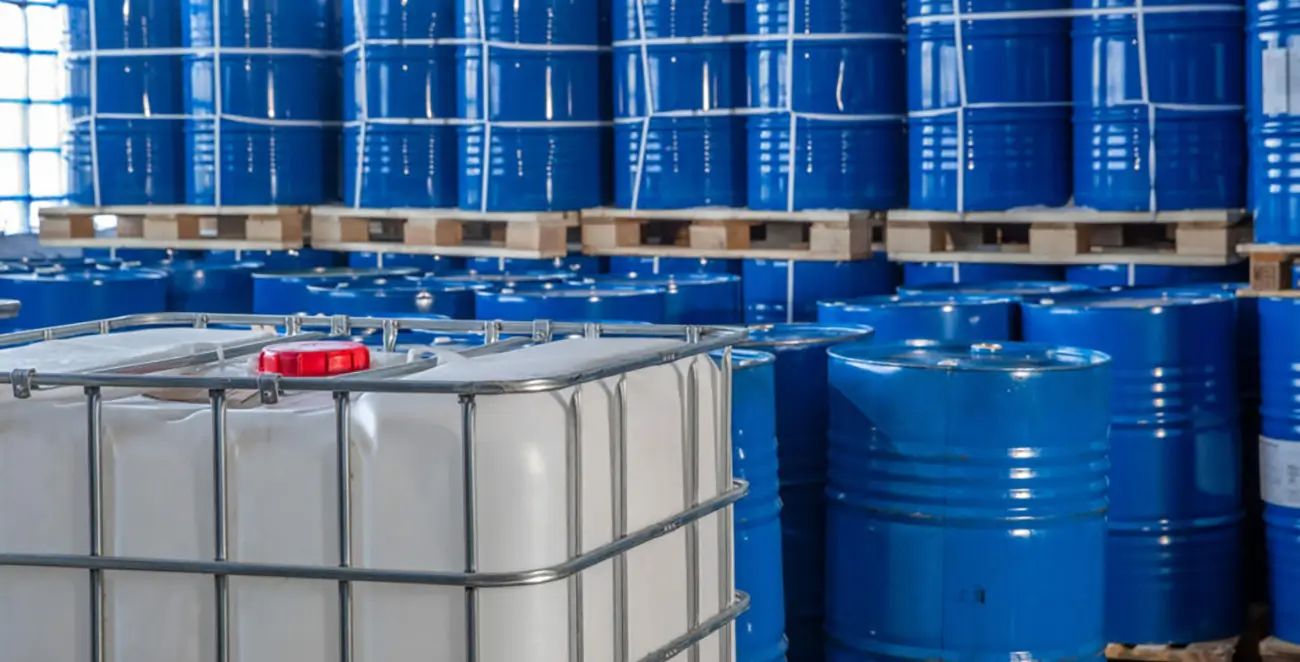
7. What’s the Cost of Disposing of Acetonitrile?
Ah, the big question: how much will this all cost? The truth is, the cost of disposing of acetonitrile can vary depending on the method you choose. Professional disposal services can range from a few hundred to a few thousand dollars, depending on the volume of waste and the complexity of disposal. On the other hand, setting up a neutralization system or investing in distillation technology or a solvent recovery machine may involve higher upfront costs, but can save money in the long term if you’re regularly generating chemical waste.
The key here is to balance cost with safety. Saving money by cutting corners on disposal methods may seem tempting, but the risks involved are simply not worth it. It’s better to spend a little more upfront on proper disposal and avoid legal troubles or environmental harm down the line.
Final Thoughts
Disposing of acetonitrile may seem like a hassle, but it’s an essential part of keeping your workplace safe and protecting the environment. Whether you choose to hire a professional service, invest in a distillation system, use a waste neutralization process, or buy a solvent recovery machine, the important thing is to follow the regulations and be responsible.
So next time you’re dealing with acetonitrile waste, ask yourself: “What’s the safest, most efficient way to get rid of this?” The answer may take a little effort, but the long-term benefits—both financially and for the environment—are well worth it. Stay safe, stay compliant, and always handle chemicals with care.

